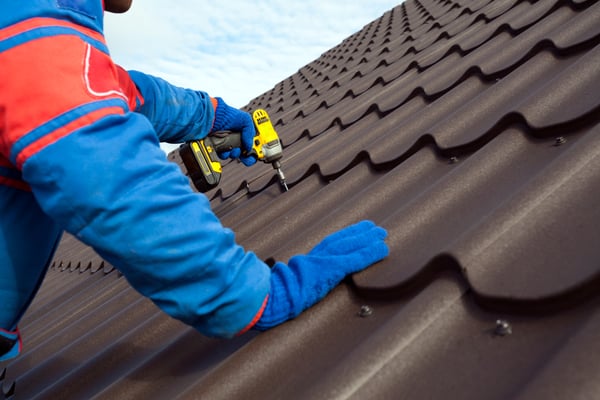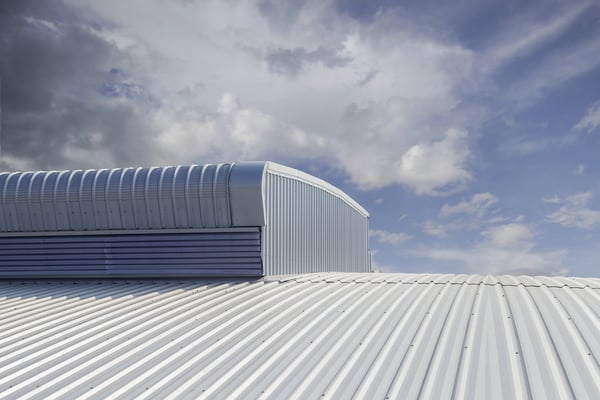There are many types of roofing materials and structures, each with advantages and disadvantages. However, there are common factors that affect the performance of commercial and residential roofing, regardless of the system installed. Because roof structures protect the interior of your building, having a reliable system is crucial to promoting longevity. This article provides an overview of some factors that can affect your roof's performance.
In New York City, new roof installations and additions are subject to Local Laws 92 and 94. There are exceptions, but generally these laws require the installation of a green roof or solar panels on all new roofs and additions.
Make sure your new roof meets Local Laws 92 and 94.
Roof System Design
Roof design is a key factor that affects the overall performance of a building. There are cases, especially in residential projects, where the roof design is given reduced priority in an attempt to simplify the project and reduce costs. Consider that the roof protects everything inside a building, and can also be used to install mechanical equipment and solar panels. Having a reliable roof is critical, even if there are low-cost options available.
Before submitting the project for approval, an important step is to select a suitable roofing system. There are 6 main roofing options available: EPDM, PVC, built-up (BUR), TPO, KEE or modified bitumen. Each system has its own characteristics, advantages, disadvantages and recommended applications to consider when making your decision.
Choosing a Qualified Contractor

A high-quality roof project requires professional installation that meets your specifications; Hiring a qualified contractor is another key factor that affects performance. Improper installation of your roofing system will shorten its lifespan and you can expect frequent maintenance issues such as water leaks. Always ask for contractor credentials and previous experience to ensure they are qualified for the task at hand.
guarantee
Many warranties are created to protect the interests of roofing manufacturers by offering limited coverage. Therefore, be sure to read the warranty document carefully, especially any limitations or exclusions that void the warranty. Determine the extent to which you are covered and estimate the cost of repair in the event of damage. Another aspect that can also void the warranty is inadequate maintenance.
Considering pedestrian traffic on the roof
The amount of time people spend on rooftops is often underestimated and foot traffic on roof systems is constantly ignored. This is especially true in commercial and industrial buildings where some equipment and components can only be accessed through the roof. When a roof is exposed to intense traffic it can suffer punctures, which greatly reduces its performance. To avoid this problem, consider elevated walkways to minimize direct pedestrian traffic over the roof. Another preventive measure is to give access only to maintenance personnel.
Accumulation of water on roofs
Water pooling or pooling is a common problem that affects roofing systems. When left unattended, water buildup can cause problems like leaks, mold growth, and rot. In extreme cases, the build-up can even cause the roof to collapse.
Water build-up is often caused by poor design, installation and maintenance. Water typically comes from precipitation, but condensation from mechanical equipment can also accumulate. Make sure your roof drainage system is kept in tip-top condition. Build-up reduces the lifespan of your roof and can also void your warranty.
Temperature

Temperature can affect roof performance due to the expansion and contraction of the material caused by temperature changes. When the temperature of a roof changes drastically, it can experience thermal shock or cracks. Reflective coatings are used to lower the overall temperature of the roof and prevent sudden temperature changes.
Bubbles and shrinkage
When liquid gets trapped between the layers of the roof membrane, it can cause damage. The steam expands with the high temperature, pushing the membrane into raised strips and causing bubbles.
If the installation is not proper, shrinkage may also occur due to climate change. Shrinkage can cause cracks and wrinkles, allowing water to leak and compromising the structural integrity of the roof. Both problems can be controlled with regular inspections and maintenance.
Roof maintenance
Providing proper maintenance to your roofing system is critical: without maintenance, a small problem can turn into a big problem over time. Maintenance should be routine and proactive, rather than waiting for a roof leak before inspecting it. Be sure to schedule routine inspections to catch problems when they are still small. Once the inspection is complete, correct any problems found with timely and appropriate repairs. Repairs must be performed by a qualified contractor, just like the initial installation, or additional problems may arise.

